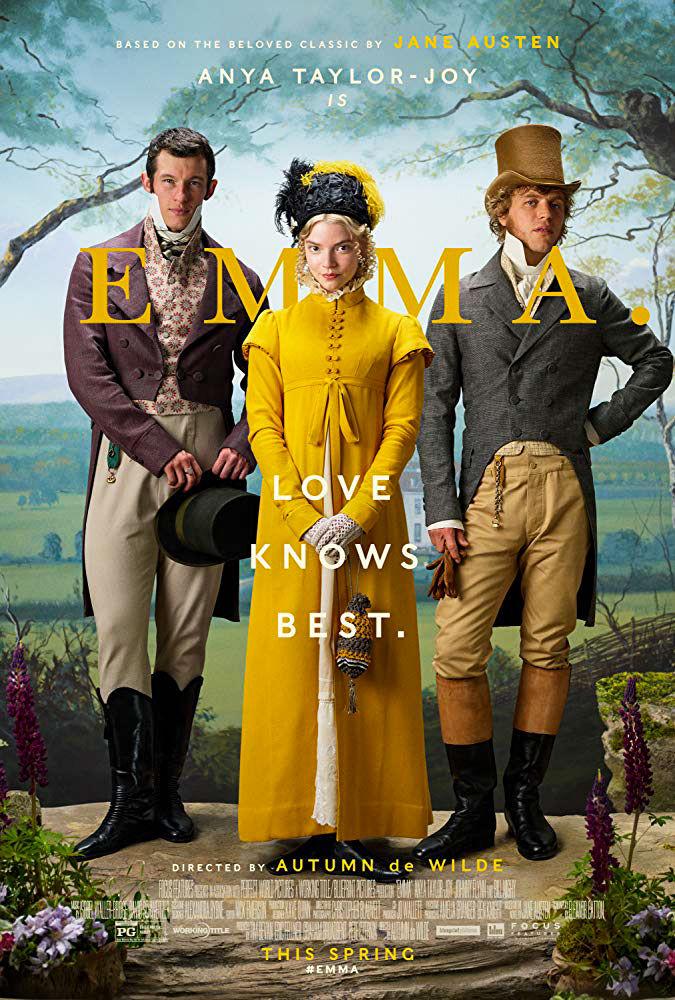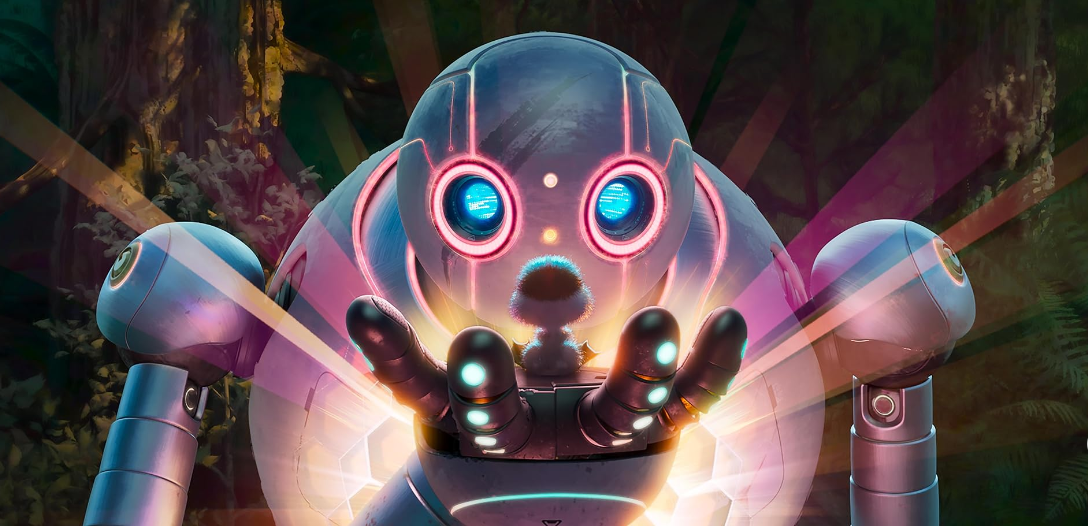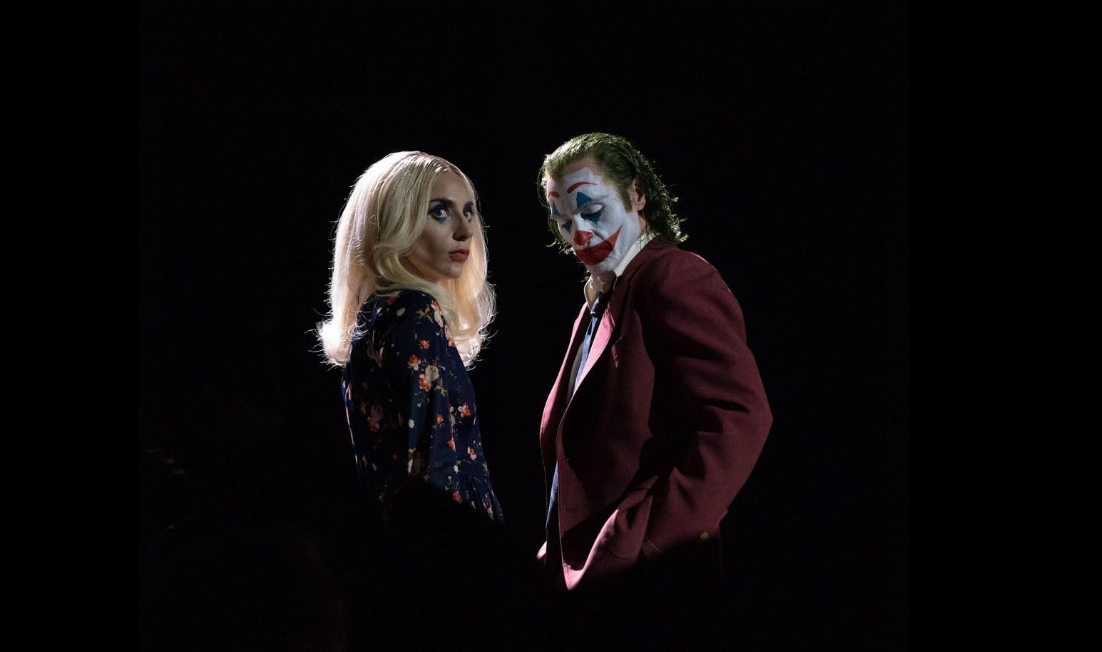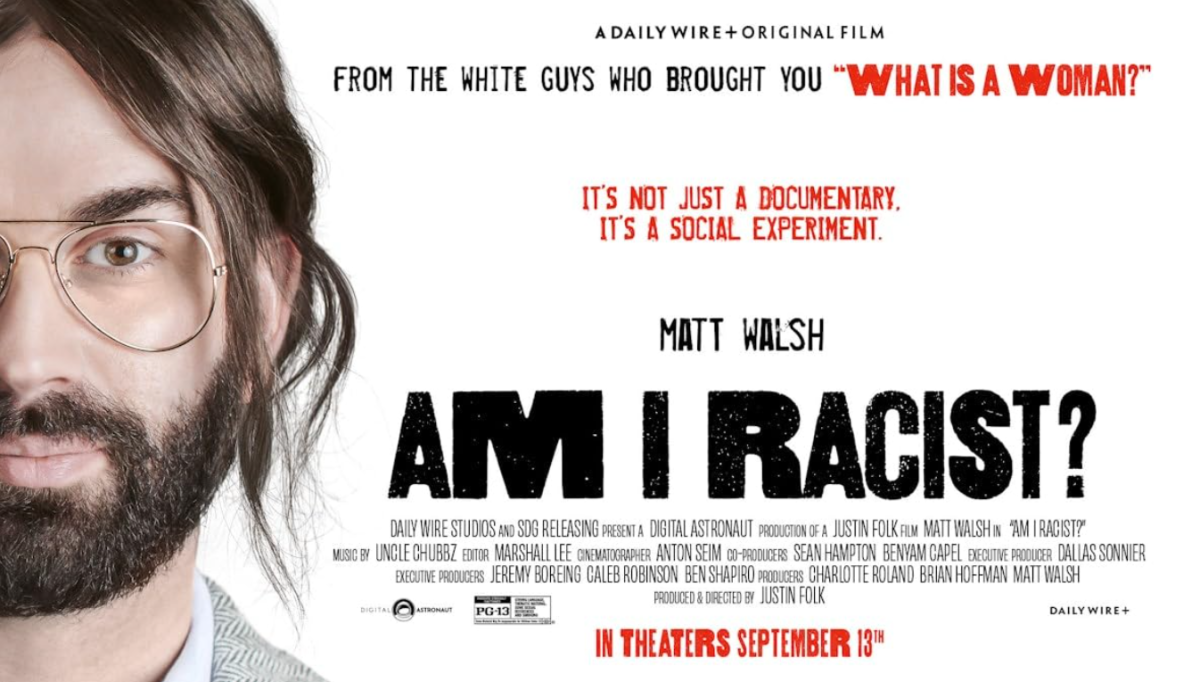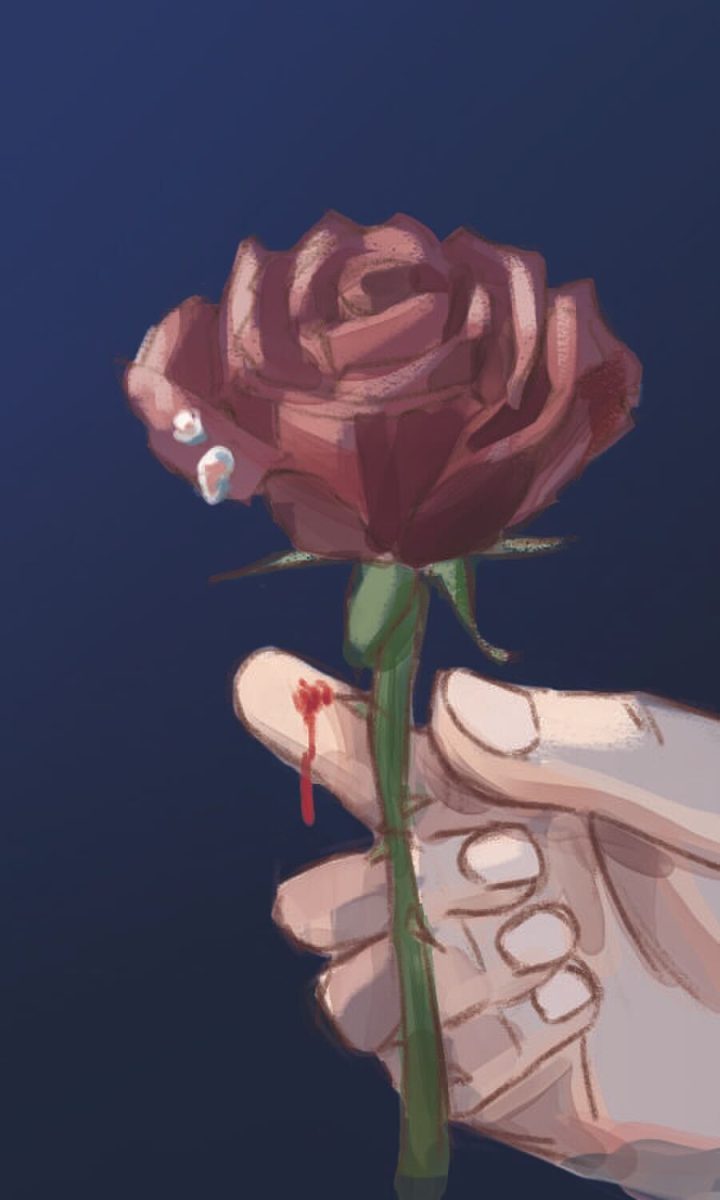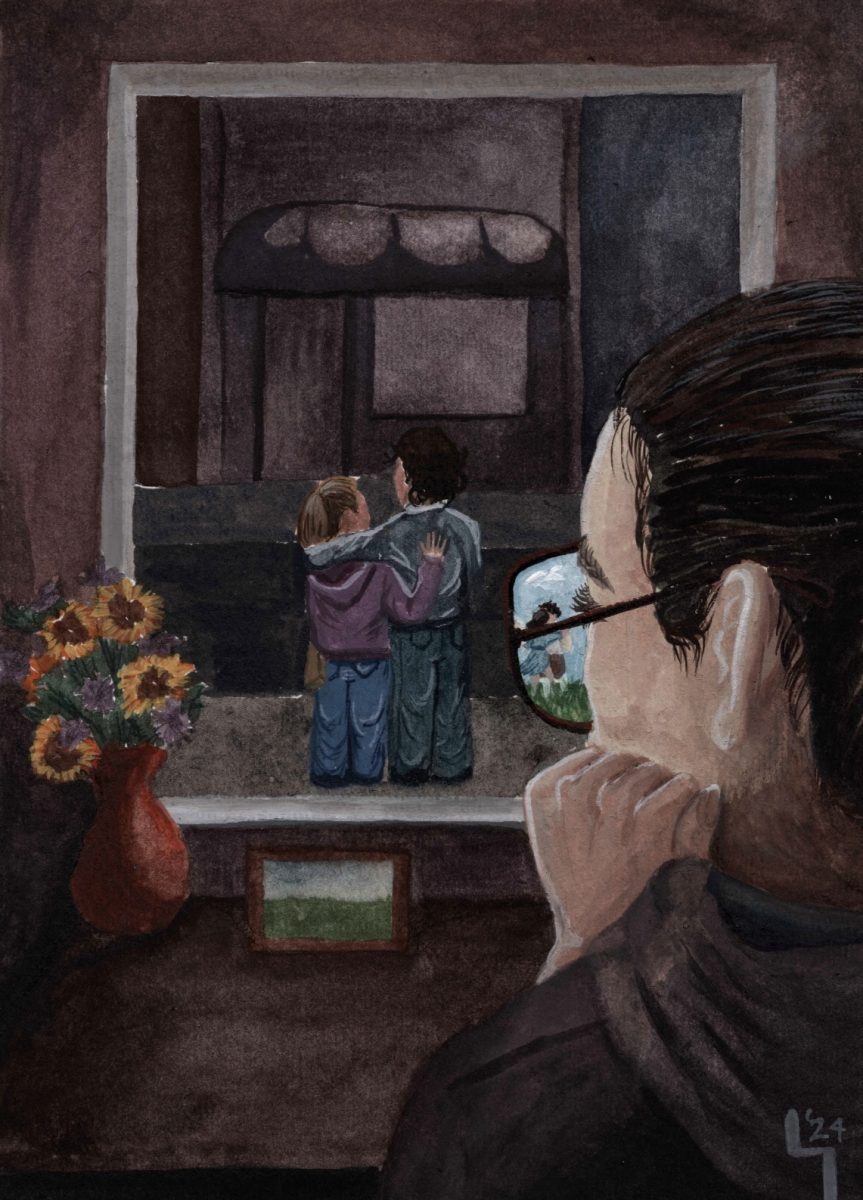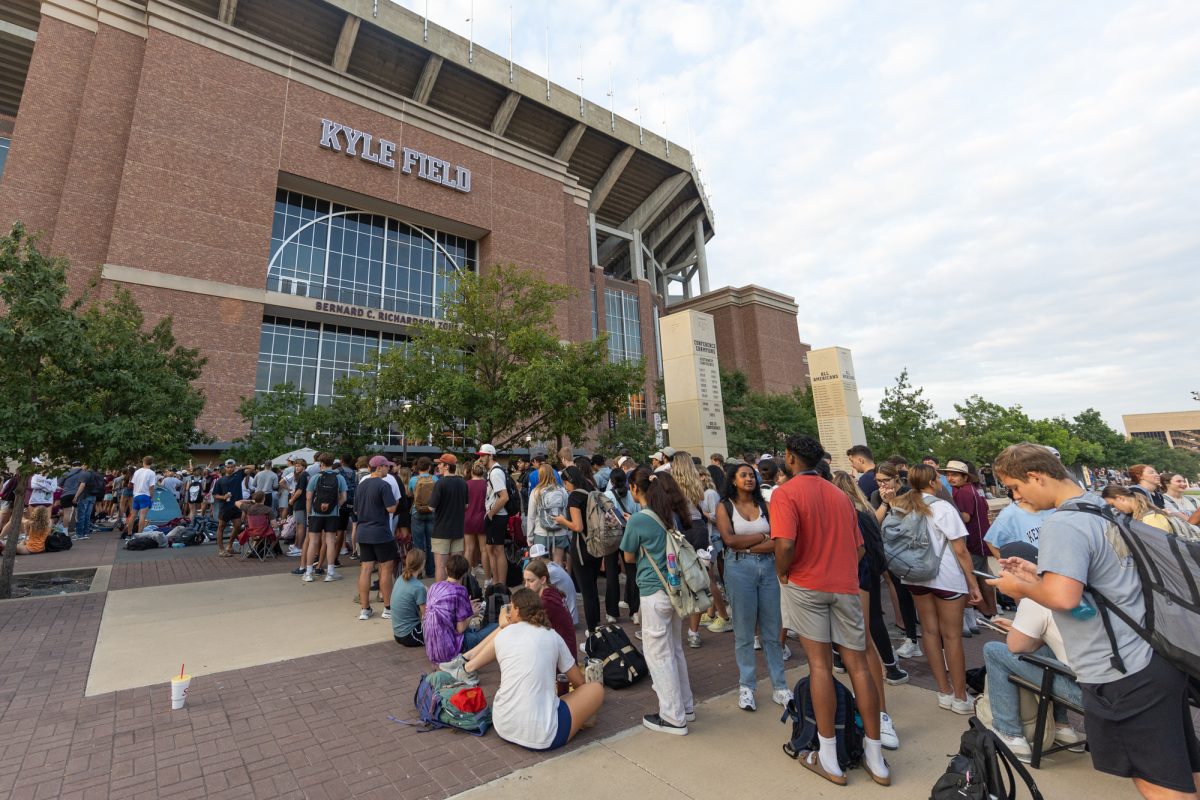Autumn de Wilde, an American photographer known for her work in the music industry, recently transitioned into filmmaking by adapting Jane Austen’s internationally famous book, “Emma.” With Wilde’s inclusion of the period in the title as already an unfunny, heavy-handed jab at period pieces, “Emma.” is a clear indication Wilde, despite her natural eye for beautiful set pieces and immaculate framing, may not be quite ready for the transition into filmmaking.
Wilde is the fourth filmmaker to adapt Austen’s novel into a feature film, so it’s not shocking her work struggles to have a voice of its own. Diverting from adaptations like Amy Heckerling’s magnificent, creative approach to the source material in “Clueless,” Wilde chooses to directly adapt Austen’s work, which will inevitably banish the film to high school English courses across the country.
While it has been nearly 25 years since the last adaptation, the source material of Austen’s works is timeless, so it was unfortunate Wilde struggled to bring Emma Woodhouse into 2020. However, the cast of the film, more specifically Anya Taylor-Joy’s exceptional performance as the titular role, does inject much needed life into the otherwise indifferent film.
Taylor-Joy is only 23 years old, but she already has an impressive filmography. She made her acting debut back in 2015 in Robert Eggers’ feature film debut, “The Witch.” In only six years, Taylor-Joy has more than proven herself as an exceptional actress, and her role as Emma in Wilde’s film continues to exemplify her impressive acting range. She brings Emma to life in a relatable way and, combined with Mia Goth’s role as Harriet Smith, fuels the stale film.
Goth, known for her recent collaborations with directors Claire Denis in “High Life” and Luca Guadagnino in “Suspiria,” also continues to prove her exceptional range as an actor. While Goth has not had the same amount of leading roles as Taylor-Joy, she is one of the exciting emerging actresses of the new decade.
Adapting Austen into film is never an easy task, and adapting her work into a screenplay is even more difficult. First time screenwriter Eleanor Catton, the youngest author to ever win the distinguished Man Booker Prize in the United Kingdom, struggles to turn her obvious literary ability into screenwriting. This is not to say Catton is by any means a poor writer, as there are many sequences in the film where she proves quite the opposite, but a majority of the weak script had to be saved by the acting.
Although the film is ultimately hollow, Wilde’s work is undoubtedly beautiful. Her collaboration with cinematographer Christopher Blauvelt, who has worked alongside many master filmmakers including Kelly Reichhardt and Sofia Coppola, brings gorgeous scenes which distract the viewer from the film’s lack of substance. The love and heartbreak on display never really settles into the audience, but Wilde’s direction of Blauvelt’s phenomenal talent makes up for it.
While the actors in Wilde’s film do extend a much needed lifeline to the film, Wilde spent more time making the film and the costumes look gorgeous, rather than showcasing a poignant message. Wilde’s background in photography is clear, so there is doubt that she will continue to impress across different avenues of art, but she must work on finding her voice as a filmmaker.
‘Emma.’: A heavy-handed period piece
March 5, 2020
Photo by Creative Commons
Emma
0
Donate to The Battalion
Your donation will support the student journalists of Texas A&M University - College Station. Your contribution will allow us to purchase equipment and cover our annual website hosting costs.
More to Discover



